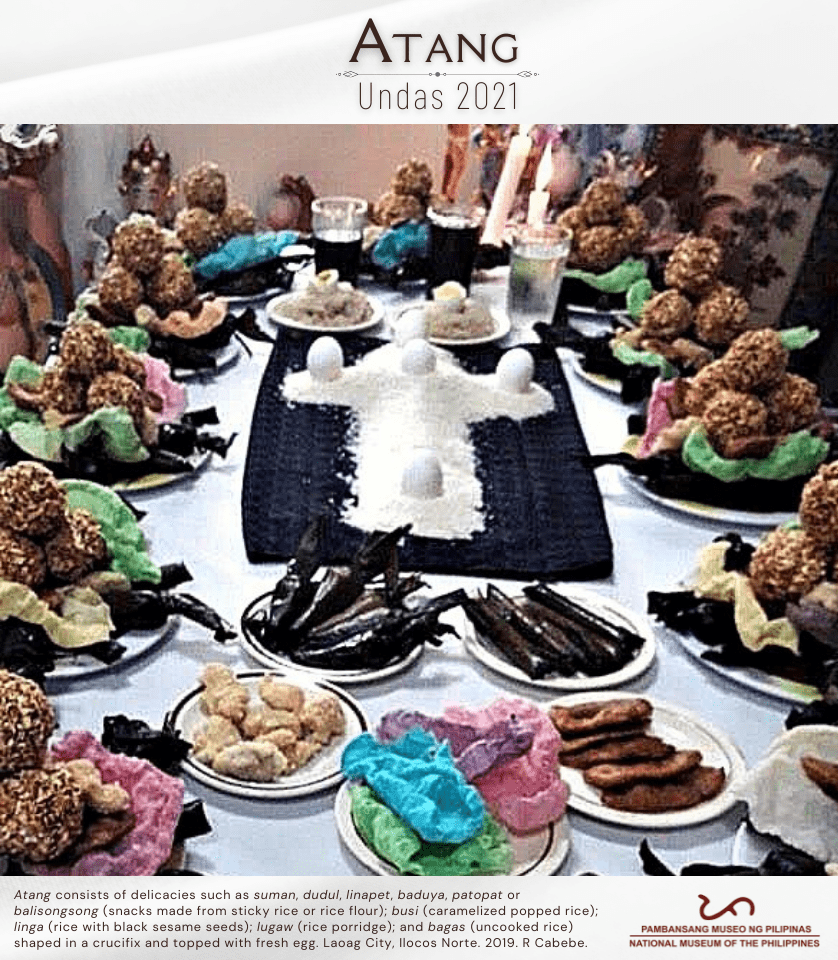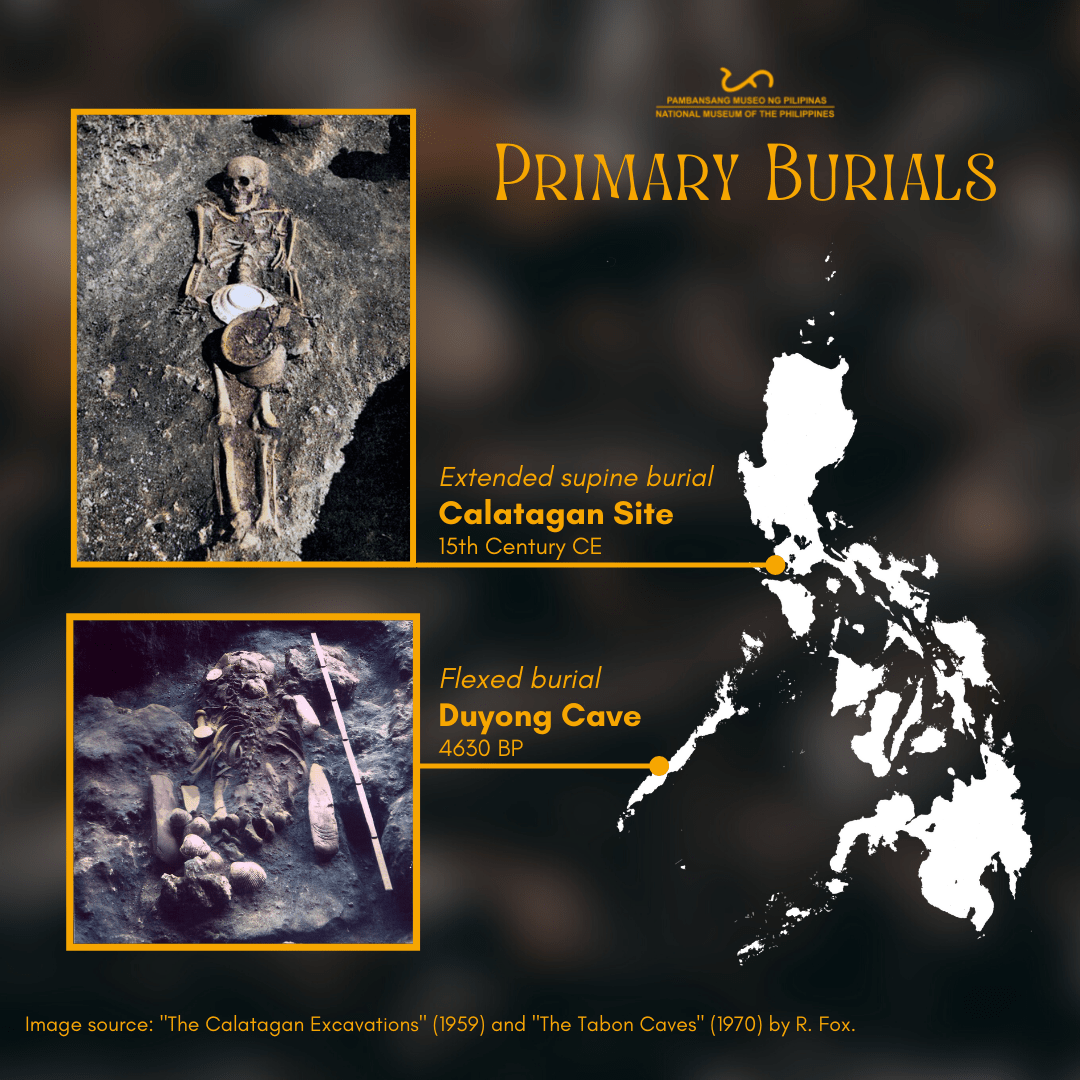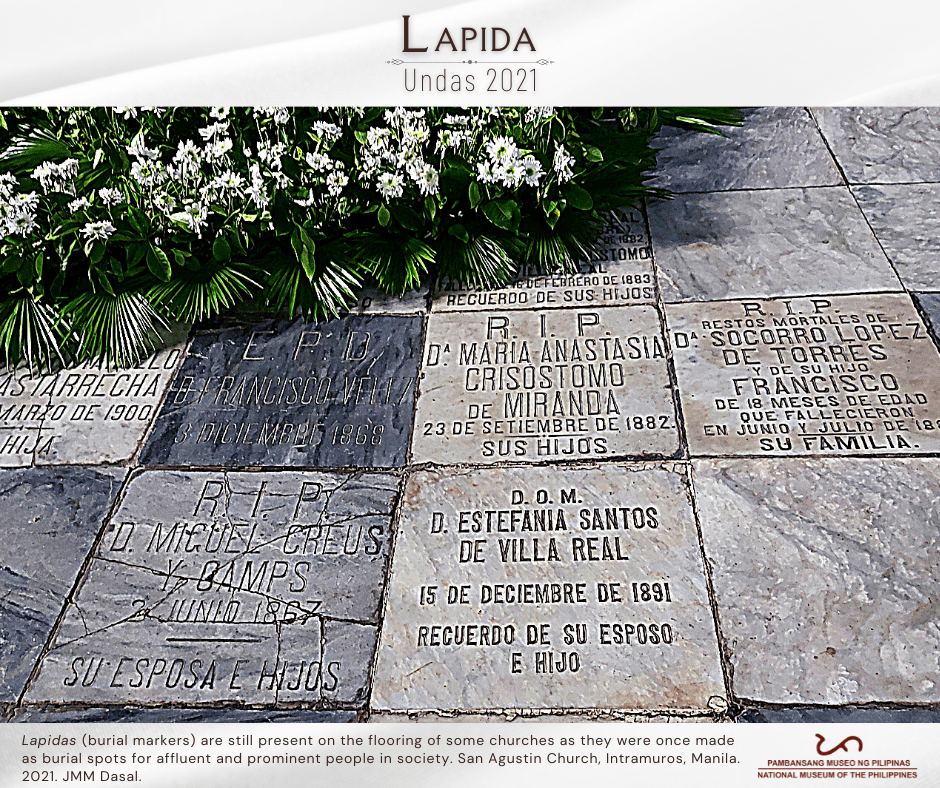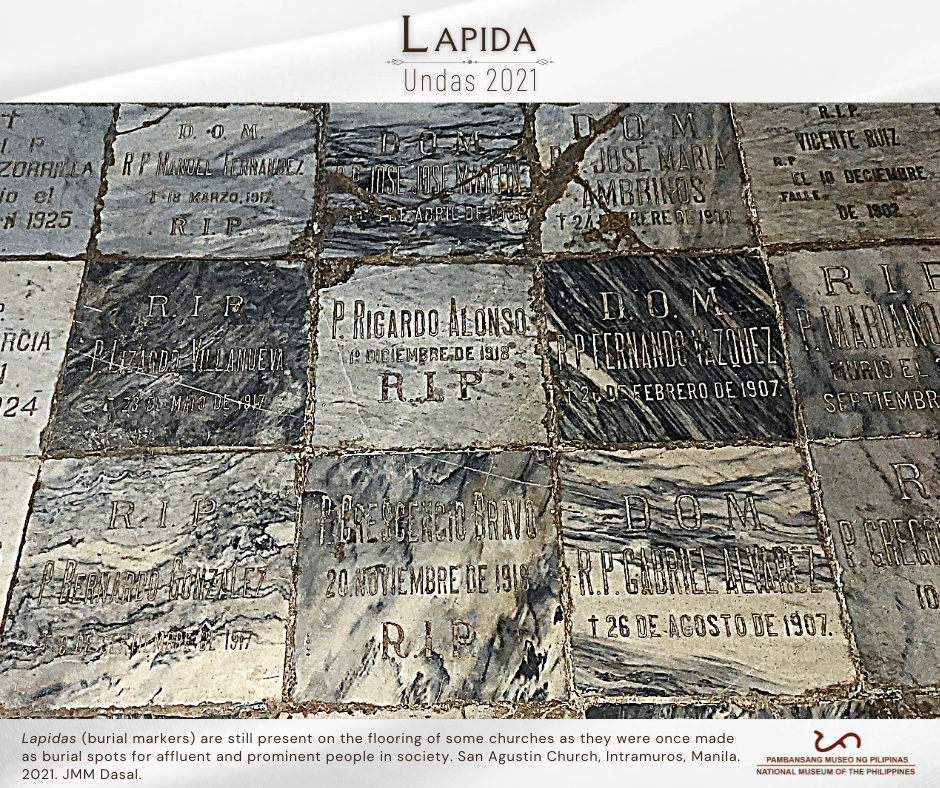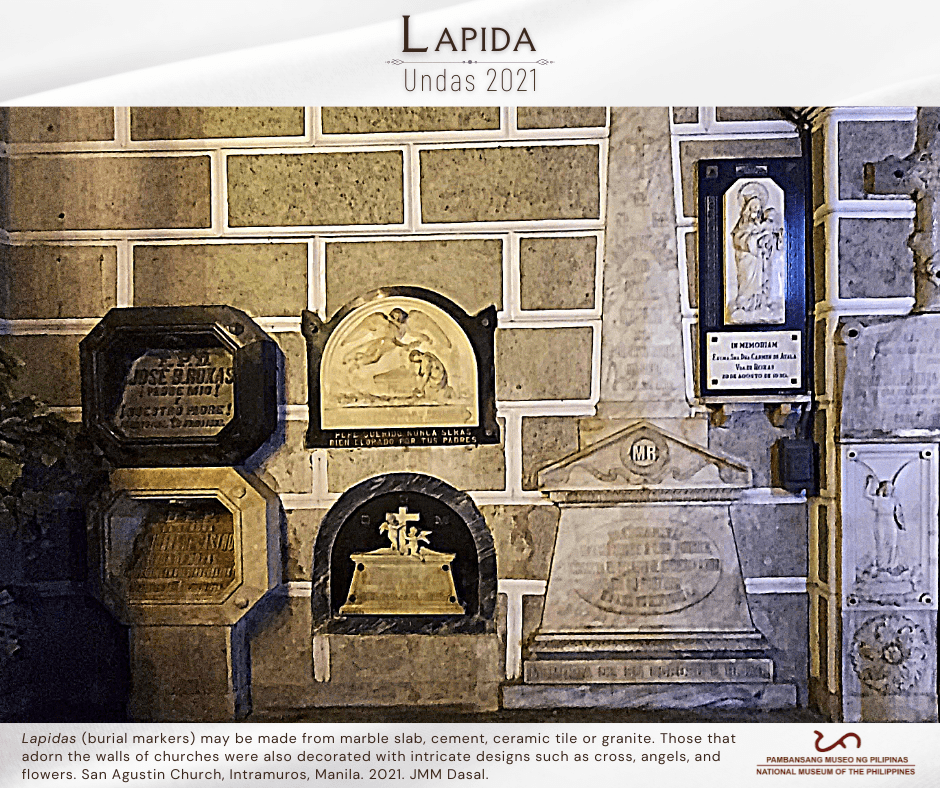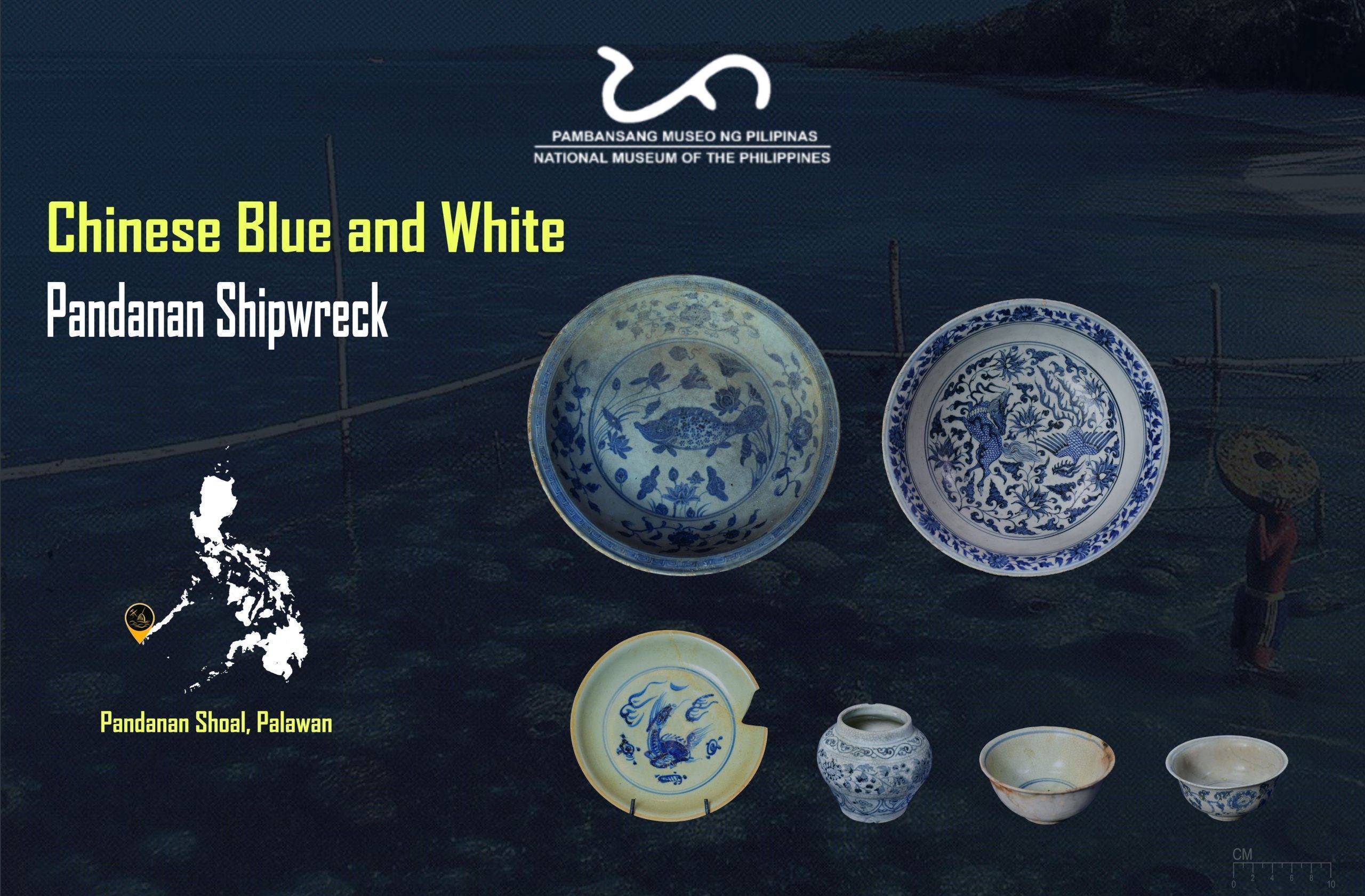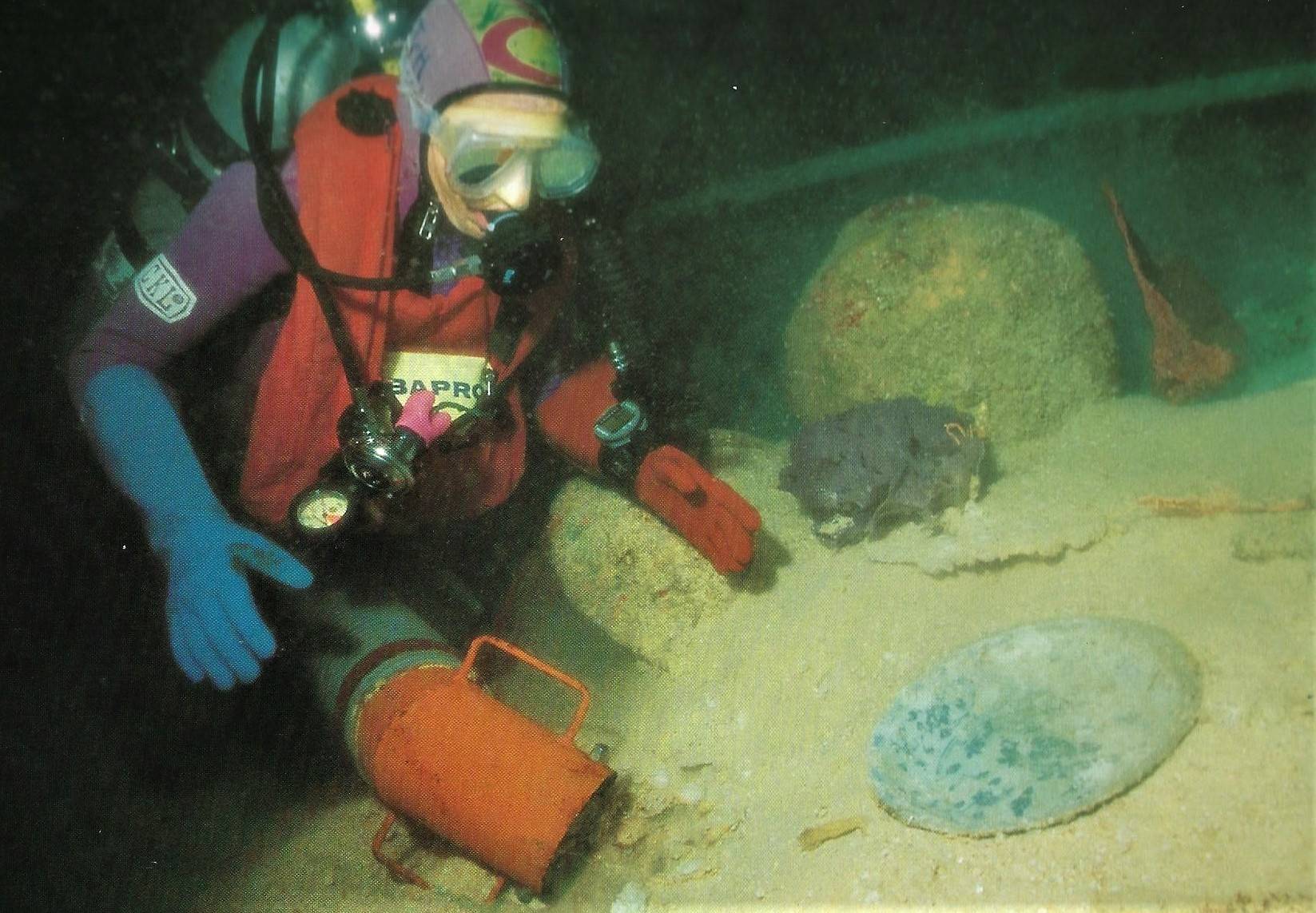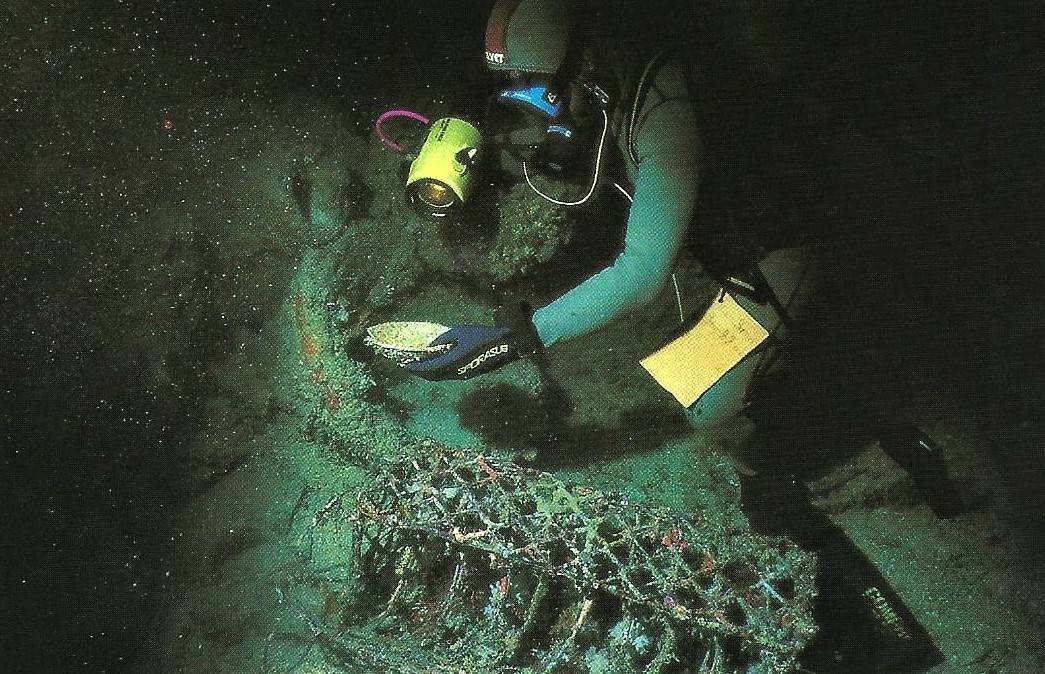The mysterious case of the “Darwin Beetle”
For today’s #WildlifeWednesday we would like to take you to a forensic case.
Museum exchanges are a crucial part of the scientific responsibility of natural history museums. These activities ensure that the specimens or information from any museums can be readily shared with colleagues that need these data, thereby promoting the conduct of scientific inquiry.
The practice of exchanging specimens also aids in the protection and conservation of the legacy of the species as they are housed in multiple institutions that can ensure their protection in perpetuity.
A museum technician from the Zoology Division, in the course of her sorting during the pandemic “unearthed” from the Zoological Collections a mysterious beetle specimen, Xylothrips macleayi(?), that bears the name Darwin with a striking resemblance in the writing of the name of Charles Darwin. To the immediate shock and excitement of most in the Division, an investigation on the provenance of the specimen was mounted to expose its true origins.
Scouring old catalog books uncovered that the specimen was not a “Darwin” specimen but rather a specimen collected in the capital city of the Northern Territory in Australia (Darwin, Australia). Further investigation and correspondence with curators from the South Australian Museum revealed that the specimen may be a product of a Pacific exchange of natural history materials by a former researcher with an interest in the biogeography of the Pacific during the 1960s.
Although the specimen did not turn out to be a specimen collected by the famous Charles Darwin, the importance of such a find underscores the importance of collecting specimens that could be used by future researchers in the quest to understand the distribution of life in our world.
#TheDeadTellsItsTale
#ReferenceCollectionsAreCool
Text and video from NMP Zoology Division



